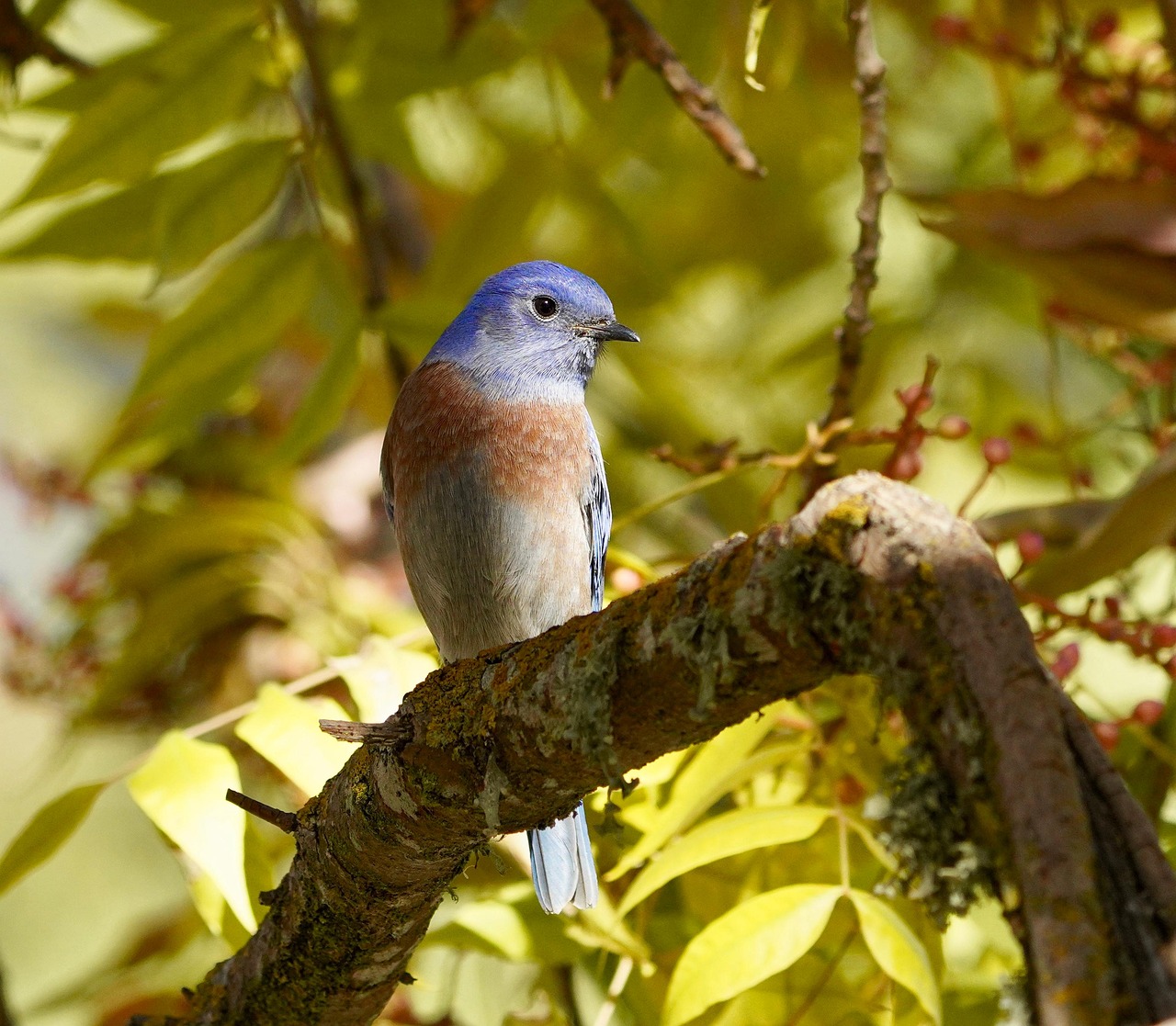Do you see that flurry of vibrant blue flit past? It’s a bluebird! In Big Bear Lake, we enjoy two varieties: the Mountain Bluebird and the Western Bluebird. Typically, these bright little birds return to Big Bear Lake in early spring and nest from then on through the summer. Having bluebirds around is truly a treat, so we’ll show you the best ways to attract them to your yard.
Bring Out the Buffet
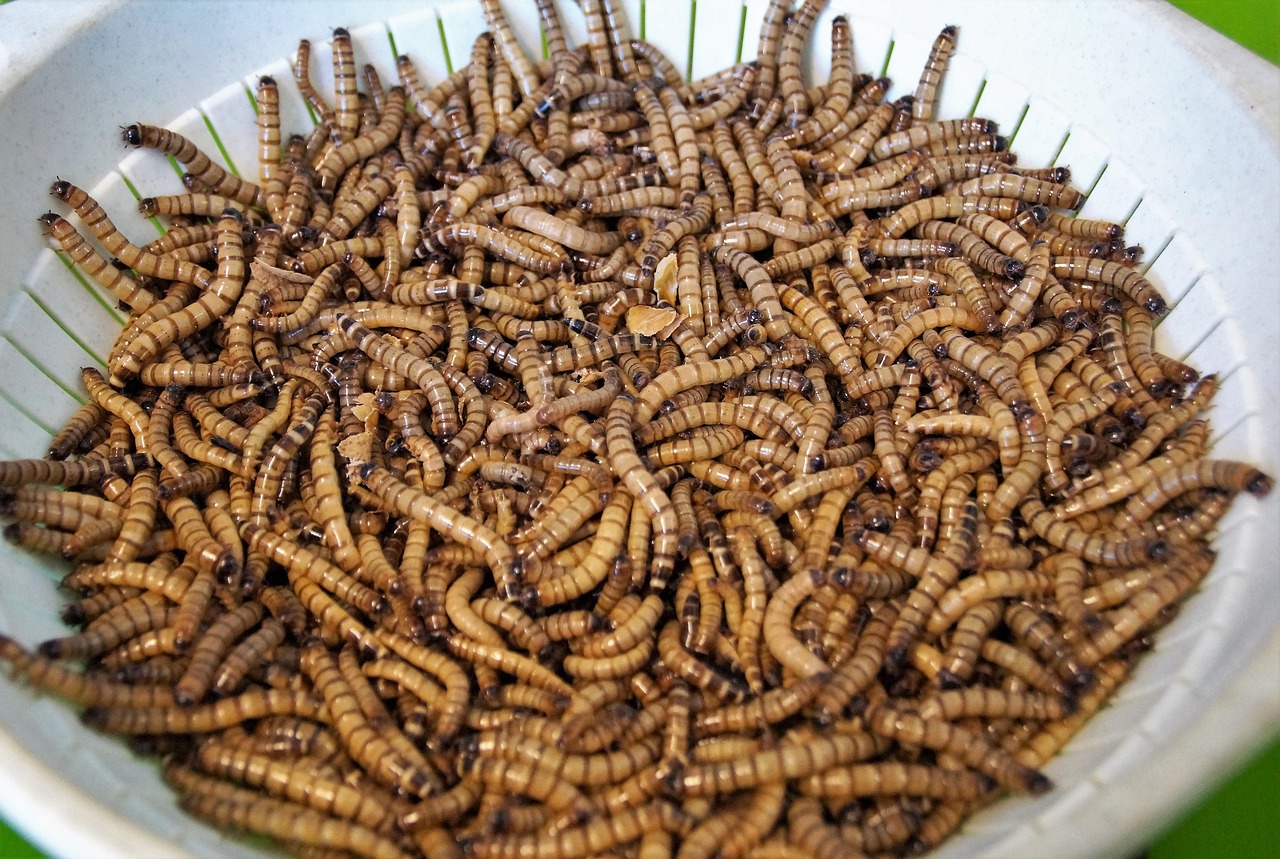
Bluebirds are mainly insect eaters, so serving up their favorite mealworms is one way to bring them to your yard. Live mealworms, dried mealworms—it doesn’t really matter. Bluebirds also love suet, the kind made specifically for them, like the insect varieties. And if you have a few extra blackberries, grapes, and raspberries, add them to a hanging bird feeder. (Berries—including wild berries like hawthorn/ and juniper—are more of a winter staple for bluebirds, but every bit of temptation helps.)
Provide a Place to Nest

Breeding is the reason for the season. In other words, bluebirds are looking for places to call home, at least for a while. Bluebirds are cavity-nesting birds, so they look for little nooks in which to nest, lay eggs, and raise their young. The most ideal place is the hollow of a tree, so if you have a dead tree on your property, maybe leave it be for a while. As the old saying goes, “One man’s trash is another man’s treasure,” and what you might see as an eyesore, bluebirds see as a potential home.
Of course, you don’t need trees or a huge yard or outdoor space to lure nesting bluebirds. In fact, many are happy enough with a simple birdhouse or nest box, provided it’s the right kind and mounted in the right place. If you’re looking to make or buy a bluebird house, be sure that the entrance hole is about 1½” in diameter; this will prevent other birds (like starlings) from stealing the bluebird’s nest, as they are known to do. Mount the house on a tree trunk, fence, or post at 4-6” off the ground, in a place with a clear path to the house. (Bluebirds prefer open areas to nest in.)
Keep it Pet-Free
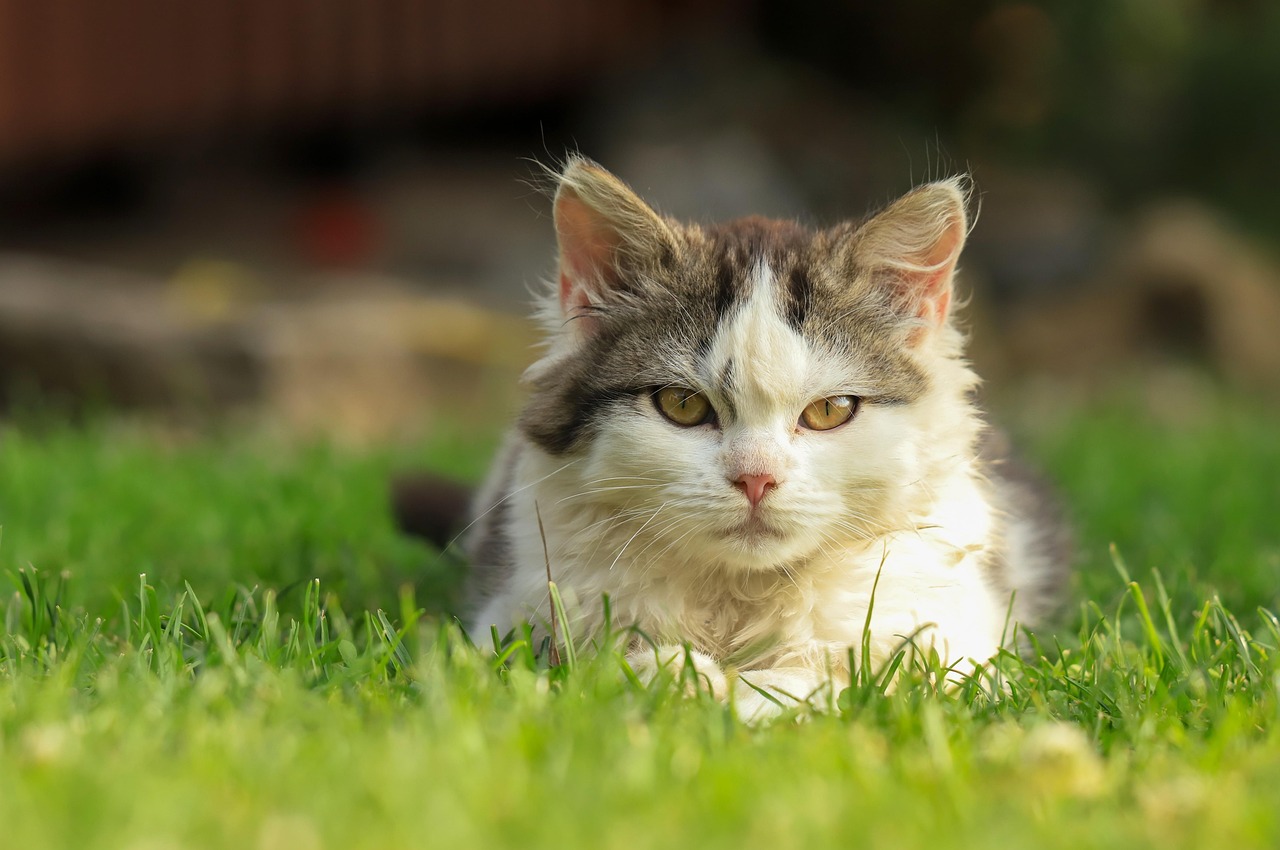
You can’t expect bluebirds to feel comfortable enough to roost and raise their young if there are predators nearby. And that’s exactly how they see your cuddly cat and friendly dog! So, if you have pets in your yard, try to block off a space for the bluebirds that is inaccessible to them. It’s also a good rule of thumb to keep foot traffic to a minimum in that area, though bluebirds can be surprisingly unaffected by the human presence, particularly if they see you bring mealworms out for them. In fact, bluebirds have been known to follow people around their yard once they know them for their generous hospitality.
Give Them a Drink and a Bath
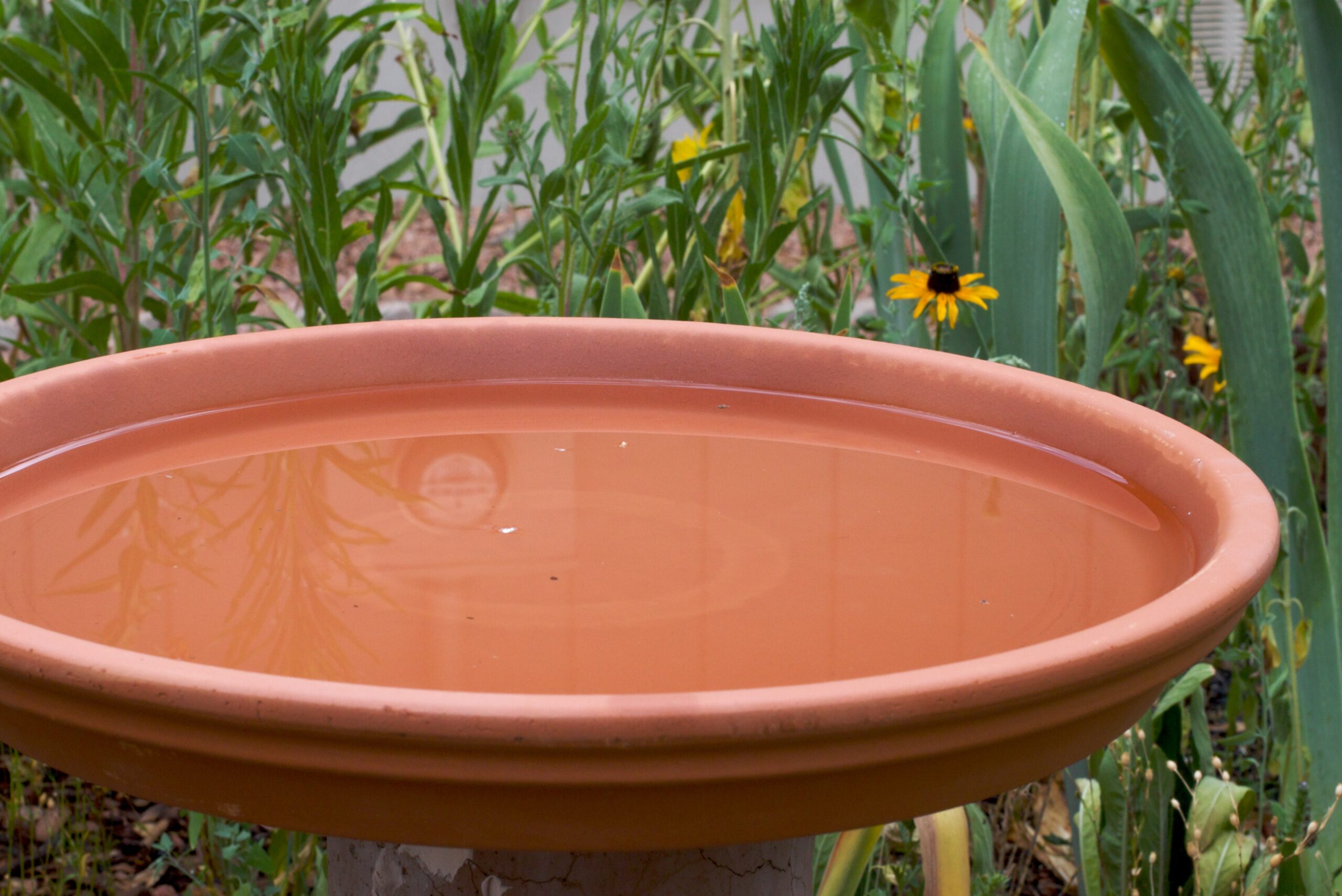
Another simple way to attract bluebirds is to add a birdbath or fountain to your outdoor area. Bluebirds aren’t picky about the type of water source—so long as it’s clean, fresh water, and not too deep. Look for a base with shallower edges and a deeper middle, keeping the water depth no more than 2” in the middle, and 1” around the edges. This gives bluebirds (and other wild birds) a chance to drink and bathe without fear of drowning. They can simply wade in and out from the edges, or even perch on the edge to drink. But if you’re not seeing any bluebirds (or any birds, for that matter) at your new birdbath, you may need to add a bubbler, as bluebirds in particular look for moving water.
Still not seeing birds at your birdbath? Here are 6 reasons why, and how to fix them.
Be Patient!
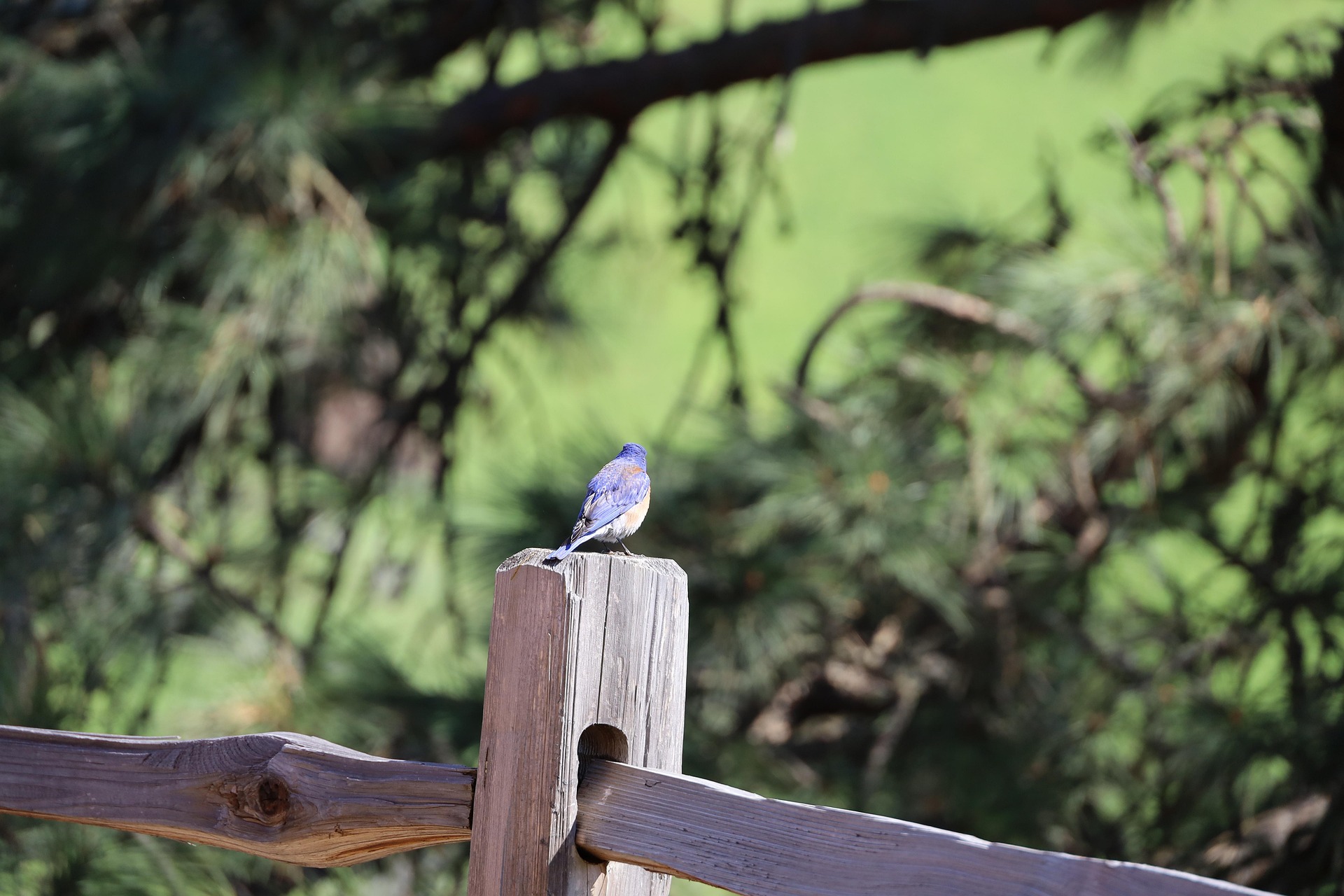
They’re called “bluebirds of happiness” for a reason. Just like happiness, you can’t chase it; you must let it come to you. And it’s the same with bluebirds. Following all of these tips is more effective than just following just one or two. But still: you can do everything right, and it still may take longer than you think to see bluebirds appear in your yard. But once they know your yard as a haven filled with everything they need—food, water, and shelter—they’ll be loyal visitors for future breeding seasons. That’s why it’s good to keep your nest boxes and birdhouses up for more than one season, removing old nests and cleaning them after each breeding season (in the fall or winter).
Fun Facts About Bluebirds
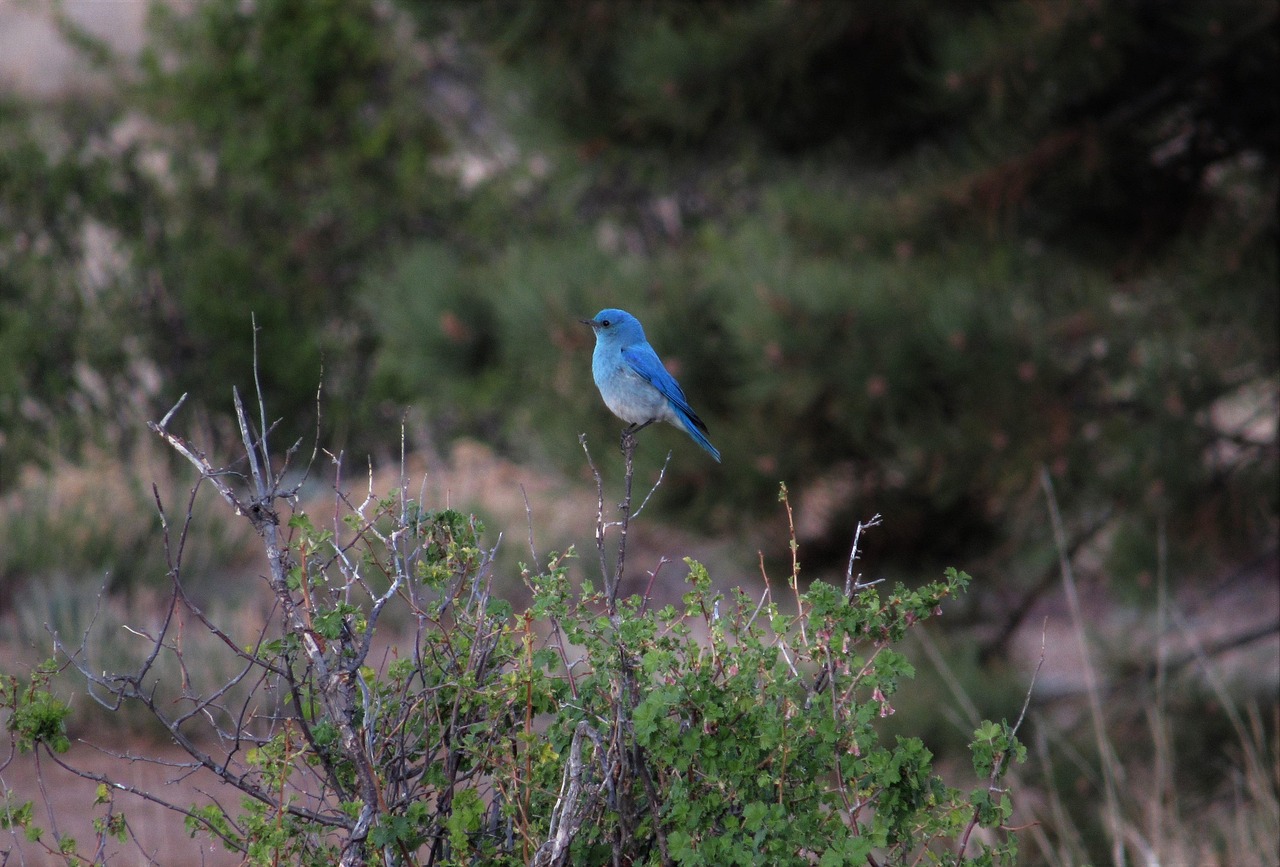
- The coloring of the adult male Western Bluebird is bright azure blue, whereas female adults are more greyish blue.
- A bluebird can spot an insect in grass up to 50 yards away.
- Bluebirds hunt insects, swooping low to the ground to devour their prey.
- Bluebirds can fly up to 45 miles per hour.
- It takes 14-15 days for a bluebird egg to hatch.
- In the wild, bluebirds typically live for about 2 years, though there are documented cases of bluebirds living all the way up to ten years.
- Bluebird eggs are typically light blue, though some are also off white.
Check Out Our Live Bird Cam!
While you’re waiting for the bluebirds, enjoy the up-close-and-personal view of Big Bear birds on Chirp’s live bird cam! Along with watching an array of our local birds feed at Chirp bird feeders, you can also keep up with current weather conditions, so you know when to go on that hike or stay in with a cup of joe. Enjoy, fellow nature lover!

